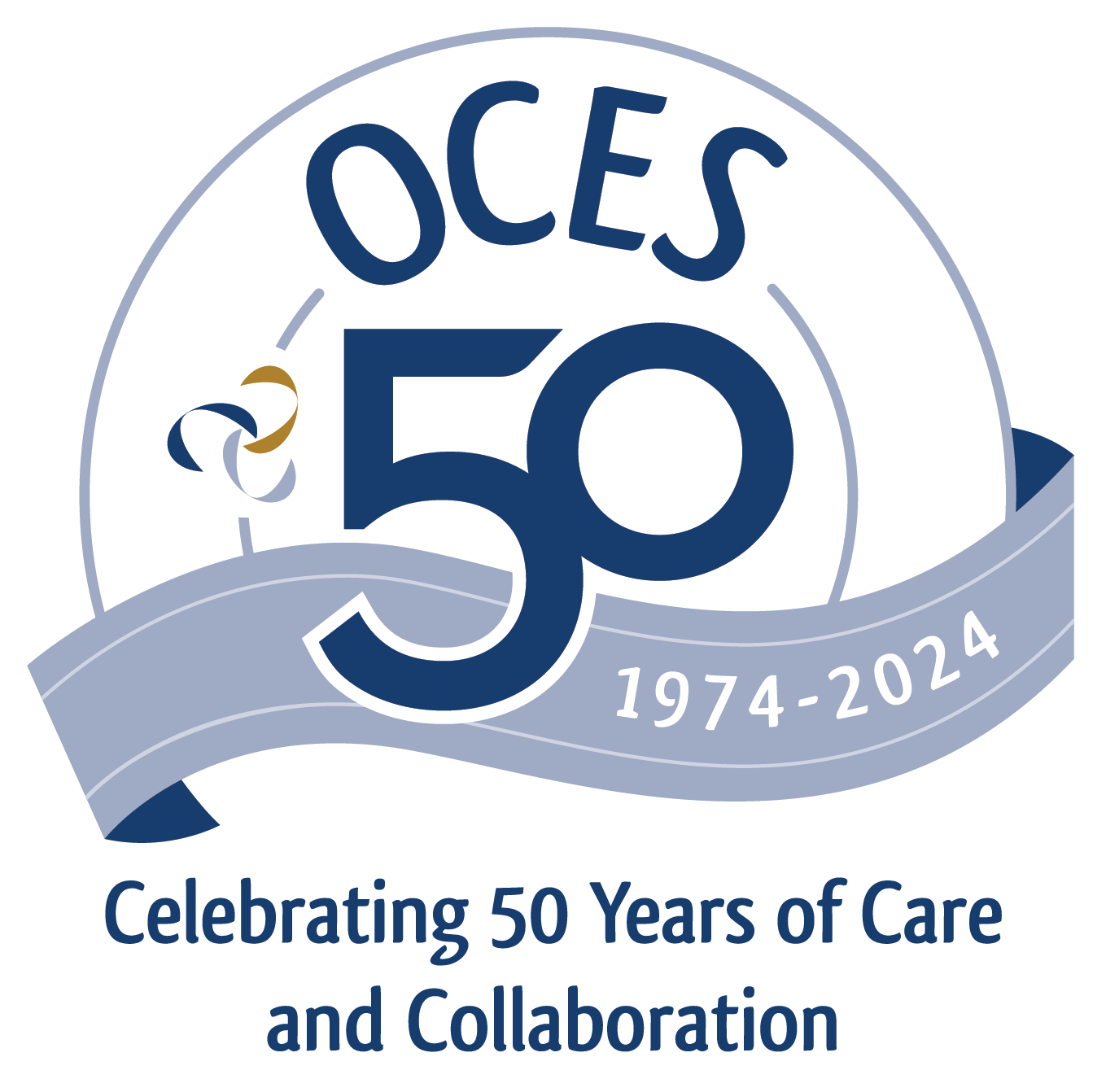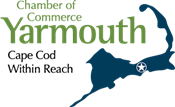By Scott Abramson, MD, and Darren Leveille, PTA
We see these injuries all too often: rotator cuff tears, lower back injuries, and tendonitis in the rotator cuff, bicep, and elbow.
These common overuse injuries in the recreational golfer are usually caused by the aging process, a lack of warmup exercises, or a combination of both.
From middle age on, normal wear and tear on joints and conditions such as arthritis pose challenges to the golfer.
Typically, loss of flexibility and strength occur with aging. These changes, in turn, can reduce stability in the body segments that make up the kinetic chain during the swing. We refer to the kinetic chain to describe the functional interrelationship between various mobile and stable body segments, including ankles, knees, hips, pelvis, trunk, shoulders and so on.
Specific exercises and adjustments to the swing can enhance stability in weakened segments of the chain and reduce the risk of injury.
A cause of injury that virtually every golfer can remedy is the lack of warmup exercises. How many golfers do you know who get out of the car, go to the first tee, and start swinging? Though recreational golfers may not play as often as the pros, they’re still athletes who need a warm-up routine to prevent injuries. Also, if you’re waiting 10 or 15 minutes for each shot, your muscles will cool off. Repetitive activity – like swinging a golf club – tightens muscles, and that restricts movement. Other problems include gripping the club too tightly or having too much rotation in the grip. Both habits place lots of tension on the elbow and can lead to chronic pain. Rather than standing around between shots, golfers can do some very simple stretches to keep loose and limber. Maintaining flexibility also helps to make the golf swing more fluid.
We recommend stretching exercises before, during, and after a round of golf. The people who end up in our clinic frequently have let an injury go too long. They’ve played through the pain until they can’t play anymore because the pain is too severe. If the injury is acute, medication, injections into the shoulder or elbow, or splints may be appropriate. Sometimes physical or occupational therapy is needed to promote healing and restore maximum function. Therapy is individualized to address the golfer’s specific injury – for example, to strengthen muscles to provide more stability during the swing. Such interventions can successfully relieve pain and rebuild strength and flexibility, but they require time and patience and often a holiday from playing.
Common sense helps, too. We urge golfers to pay attention to how their bodies feel, especially when they experience pain. A sign that golfers often ignore is a tightness in either the shoulder or lower back. The tightness is usually a precursor to pain.
If golfers experience discomfort after a round, they can take a few steps to minimize injury. First, try rest and relaxation. Apply ice to reduce the pain, swelling, and inflammation. Anti-inflammatory medication can also be helpful at this time. If the pain persists for more than a week to ten days, call your primary care doctor. If the exam or x-rays show something abnormal, a rehabilitation physician can provide additional expertise and treatment options.
Scott Abramson, M.D., is a rehabilitation physician specializing in golf and other sports injuries at Spaulding Rehabilitation Hospital Cape Cod. Darren Leveille, PTA, is a physical therapy assistant in SCC’s Golf Strong Program and is a Certified Golf Fitness Instructor by Titleist Performance Institute. Both are avid golfers and bring their passion for the game and their clinical expertise to their treatment of patients with golf-related injuries. Learn more at spauldingrehab.org.
Stretch to prevent golf injuries

Select to Read Similar Content:




















